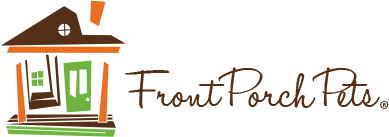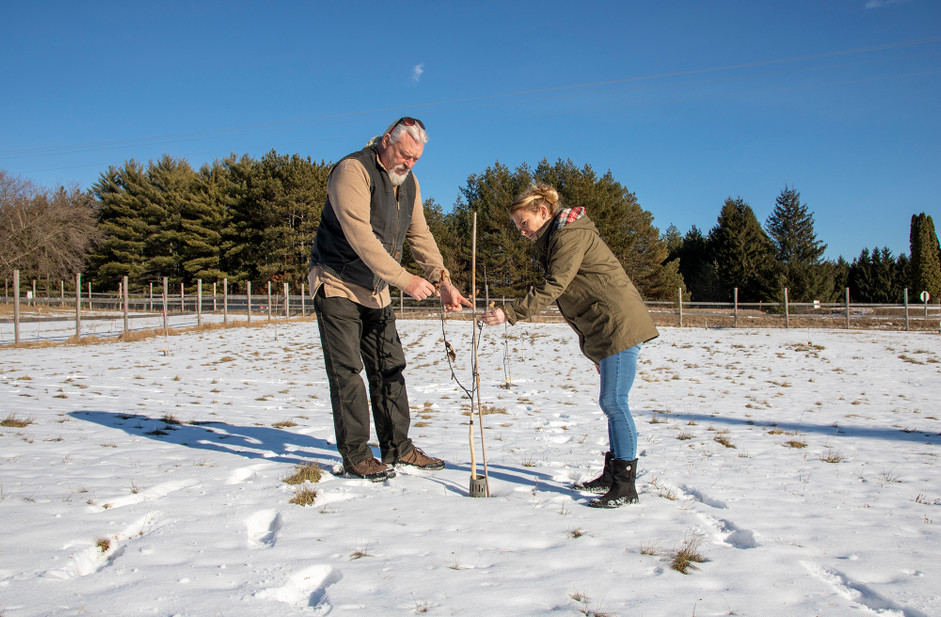"The one who plants trees, knowing that he will never see their shade, has at least started to understand the meaning of life." Rabindranath Tagor
"The best time to plant a tree was 20 years ago. The second best time is now." Old Chinese Proverb
Fifty years ago I planted a maple tree in the folk’s yard. I was 16. The maple tree was a spindly 4 ft shoot transplanted from the next- door neighbor Ray’s yard. Within 15 years that maple was already shading the east side of our 3 season sunroom, making summer mornings very pleasant to lounge around in. Ray was happy because it shaded the hot and sunny west side of his home too. Today, mom is still with us, still lives at the same address and that maple tree is now gigantic. I give it a bear hug every time I’m over visiting and still enjoy a morning cup of coffee on the shaded porch. (Incidentally, mom, at 94, still works for us as Front porch pets. If you have ever received one of our Snicky- Snack trial sized Sam’s Yams, mom put that together for you. Bless her.)
Sixteen years ago, I quit my corporate chef job. I also planted a mulberry tree in LaVerne’s front yard commemorating the start of making Sam’s Yams in mom’s garage that summer of 2003. The mulberry has been producing enormous amounts of huge, juicy berries for at least ten years now. I gather as many as I can but this puts barely a dent in the supply. Birds however, love the deep purple berries and one can see the berry stain of their droppings all about the neighborhood. So, I would argue this “best time” according to the Chinese proverb of “twenty years” and drop that down to six to ten. Then, having planted twenty apple, pear, cherry and plum trees a mere five years ago at Front Porch Pets I can report to you that we already have had some pretty good harvests of all the fruit trees but for the cherry. In 2020, I have high hopes for the cherry trees too. So, go ahead, plant some fruit trees, you will be happy you did, the trees will have fruit before you know it and then can be enjoyed every year for decades.
Presently, I've been tromping through the snow, working with our Farm to Kitchen Coordinator, Tiffany, evaluating the survival rates of the eighty or so apple, pear and mulberry trees she planted in 2019. So far, it looks like 100%. We are happily pouring over the many fruit tree catalogs trying to determine a fun variety to plant around our farmhouse side yard early this coming spring. We are also propagating hazelnuts, chestnuts and hickory from seed. We should be adding at least another twenty-four trees this coming spring.
We have an orchard of one hundred and twenty mature trees already, but we need more apple trees to keep up with the cider and apple sauce needed for making our Daily’s Dog Chews. After sweet potatoes, apples are the next largest food product we use in our kitchens. There are plenty of other locally grown apples but few orchards that are no-spray. Ours is. The huge use of pesticides and herbicides as an agricultural problem has necessitated our goal of establishing our own orchards, grown naturally without toxic chemicals.
Learning by each year’s successes and failures we are getting pretty clear on what it is to manage not only gardens but orchards and our many acres of woods, too. Of our fifty acres, at least twenty are either woods or orchards. There are towering oaks of four varieties, plus hickory, poplar, white pine, black locust and maple. We are taking an integrative permacultural approach to the woods that will hopefully allow us to grow the needed fruits and nuts for our treats but to also make use of the canopy of mature trees to grow medicinal and food plants throughout the semi-shaded grounds. Shiitake, oyster, maitake and reishi mushrooms have all been established for several years now. The shiitake produces plentiful enough to be used in the poultry broth that we make for senior dogs.
We have even begun to pasture pigs on acorns and woods and soon chickens and cattle in a system called silvopasture. This is a managed arrangement in which grasses, trees and pastured animals create a mutually beneficial environment in which cattle feed on grasses and brush. The pastured animals have the protection from the wind and summer’s heat keeping cooler, with much less stress. The grasses and trees improve their root systems, growing deeper and thicker from the natural mowing the animals provide as well as the fertilizer spread about by the grazer’s manure. An additional huge payback with this system is the many tons of carbon the plants and trees will pull from the atmosphere and sequester away as CO2 into wood and roots.
This system all fits in well with our goal of keeping our “carbon pawprint” as low as we can. Instead of refrigerated trucks bringing us apples from far away states we have all we need right in our own backyard. The team here at Front Porch Pets enjoys spending late summer and autumn days in the orchard picking apples. Great therapy. Like our livestock friends, us humans relish a cool breeze in the shade of a tree, too.

